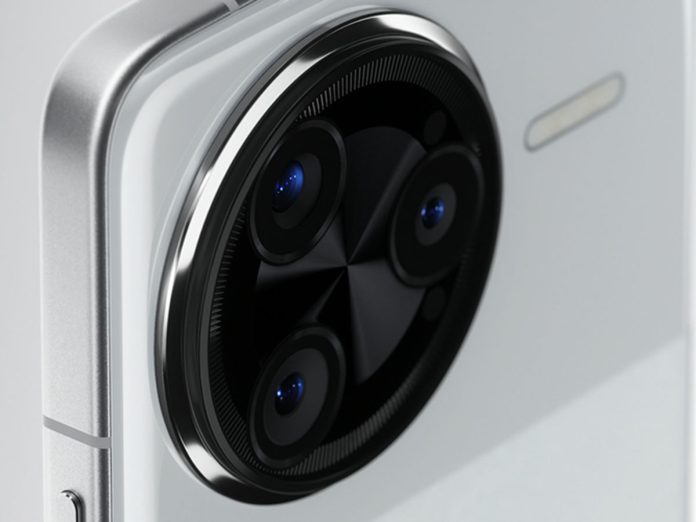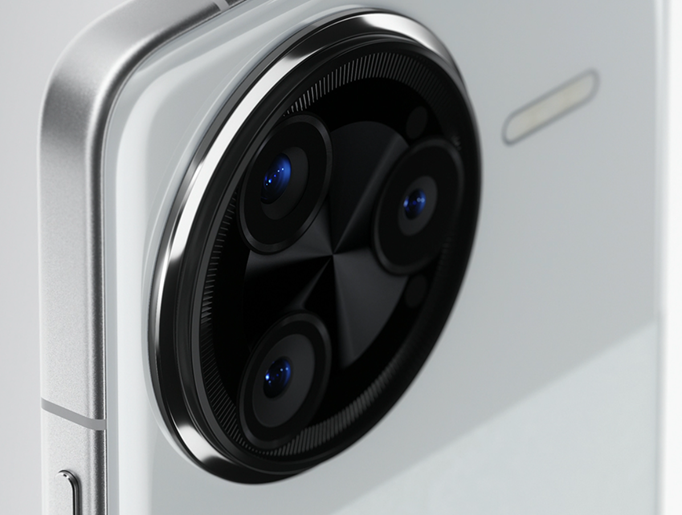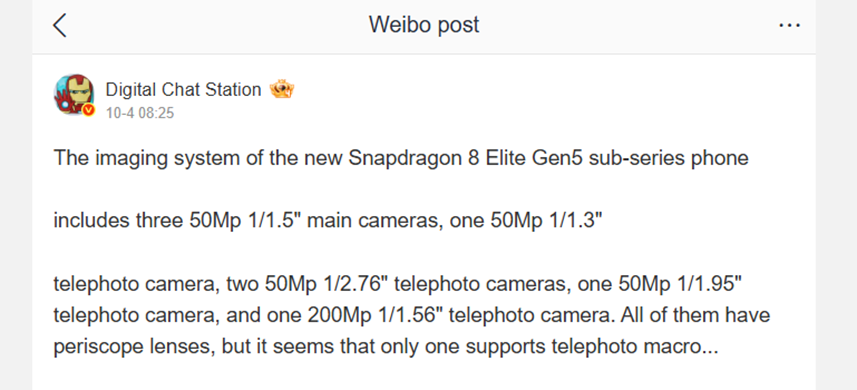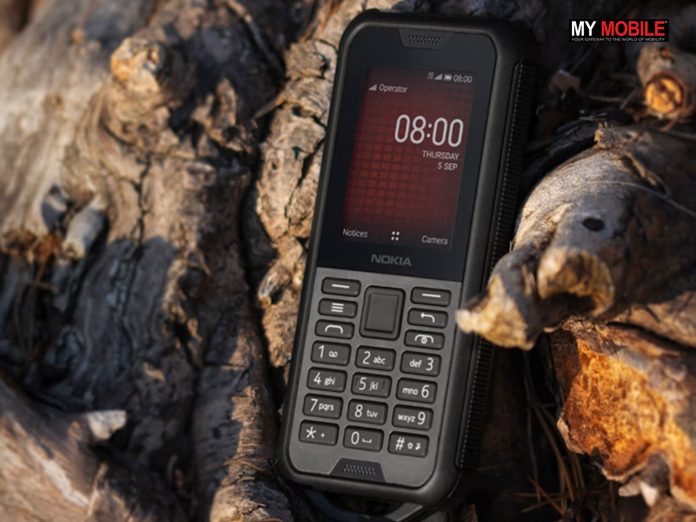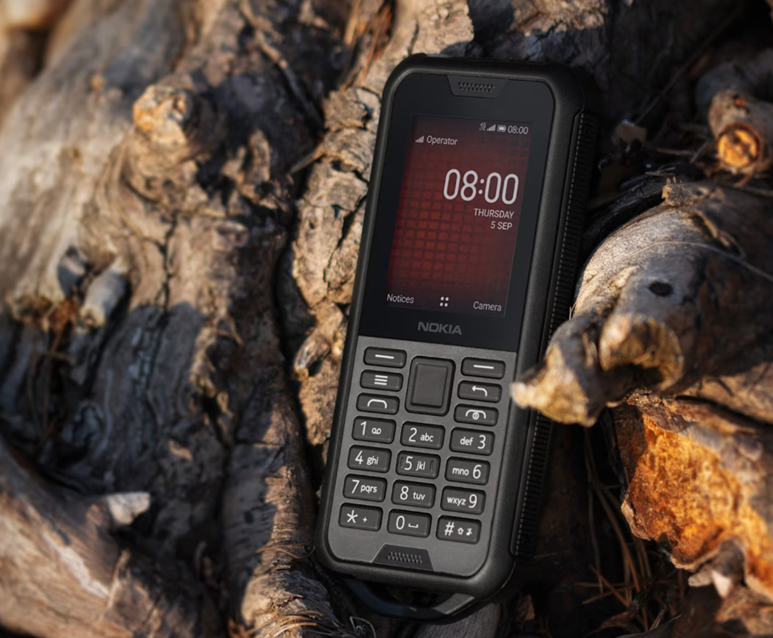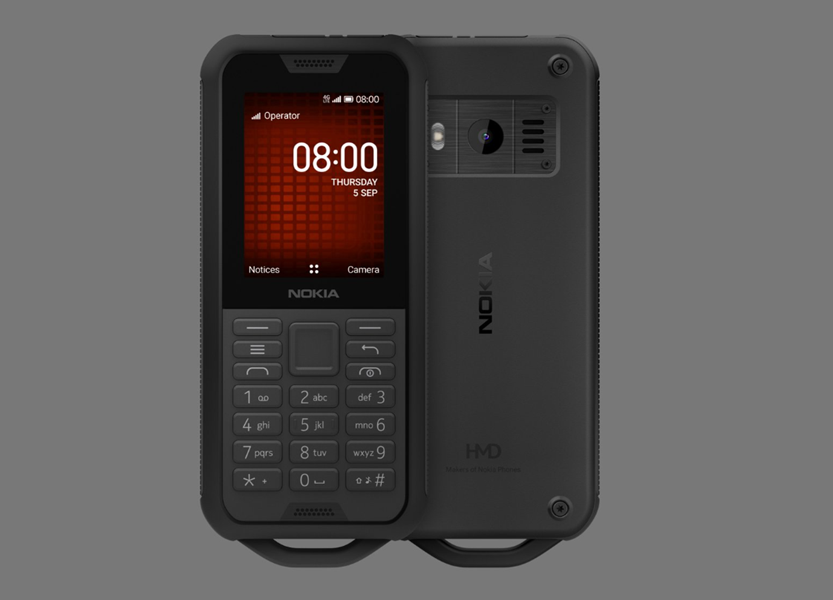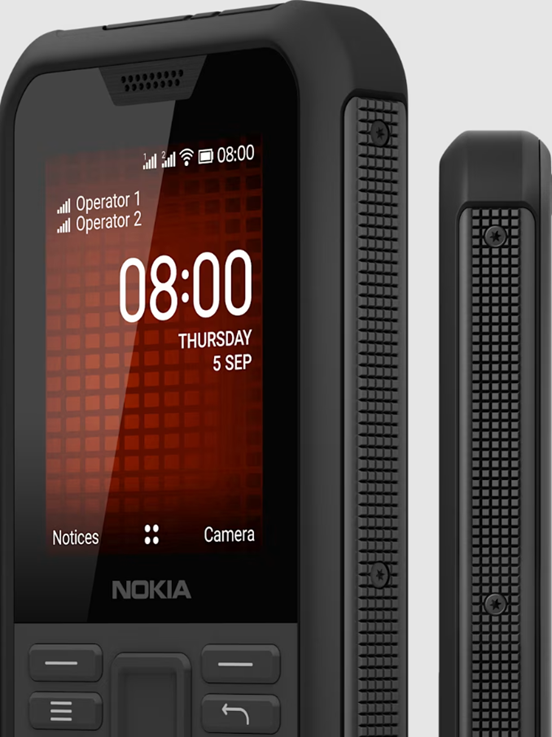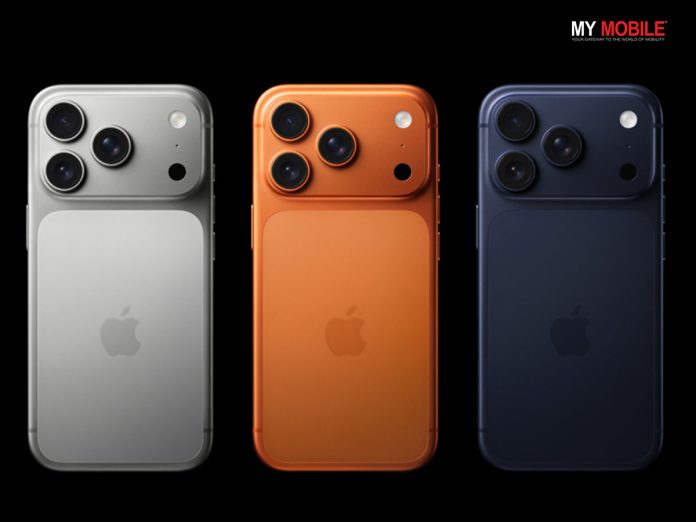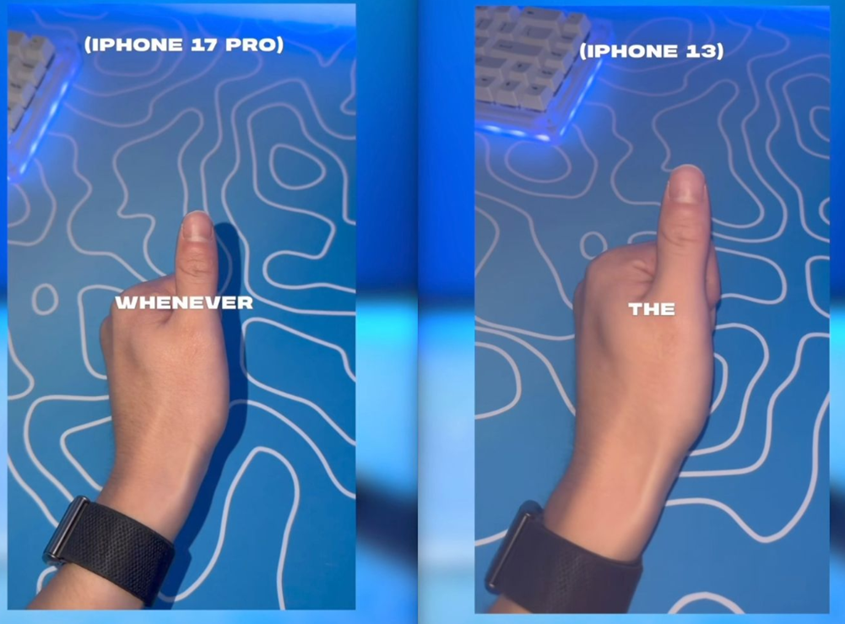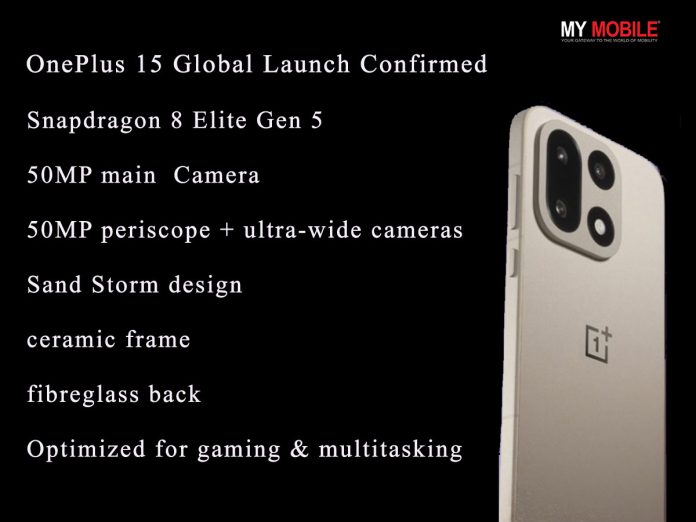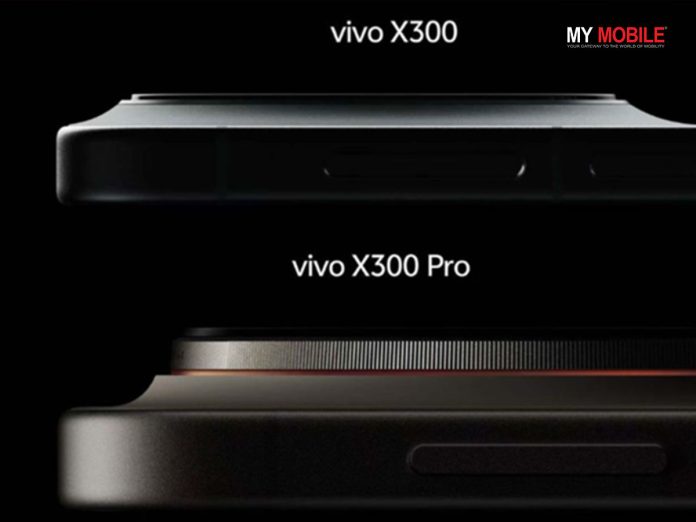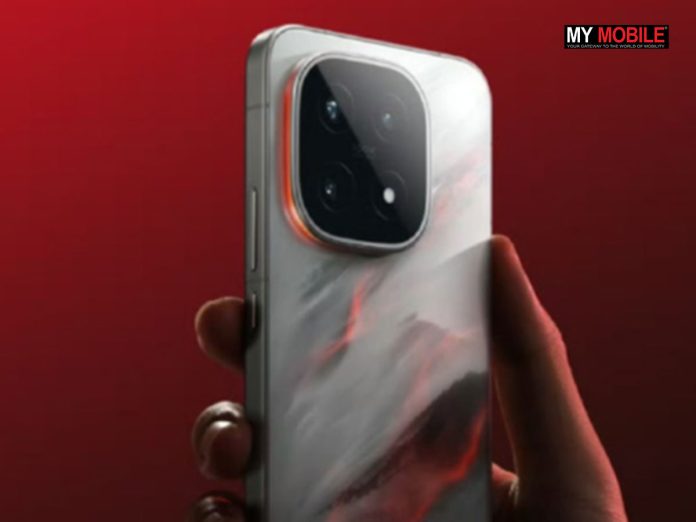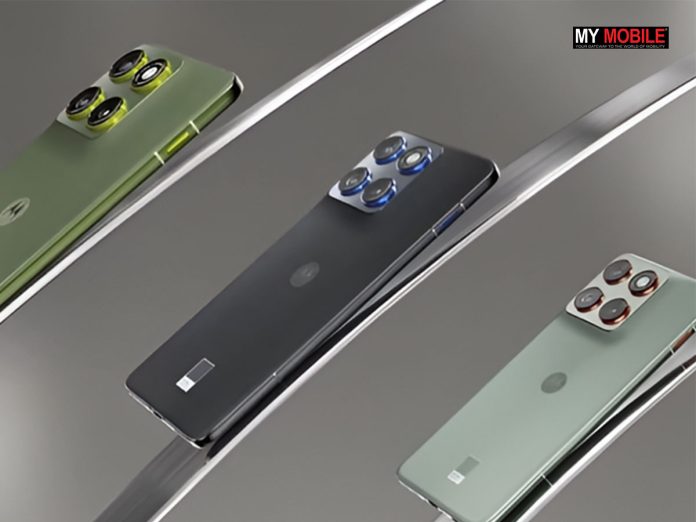Highlights
- Oppo Reno 15 Pro and Pro+ are tipped to feature MediaTek’s new Dimensity 8500 SoC.
- The series may include three models with 6.3″, 6.59″, and 6.78″ OLED displays, some featuring 200MP Samsung HP5 sensors and periscope zoom lenses.
- It is expected to debut in November 2025 in China.
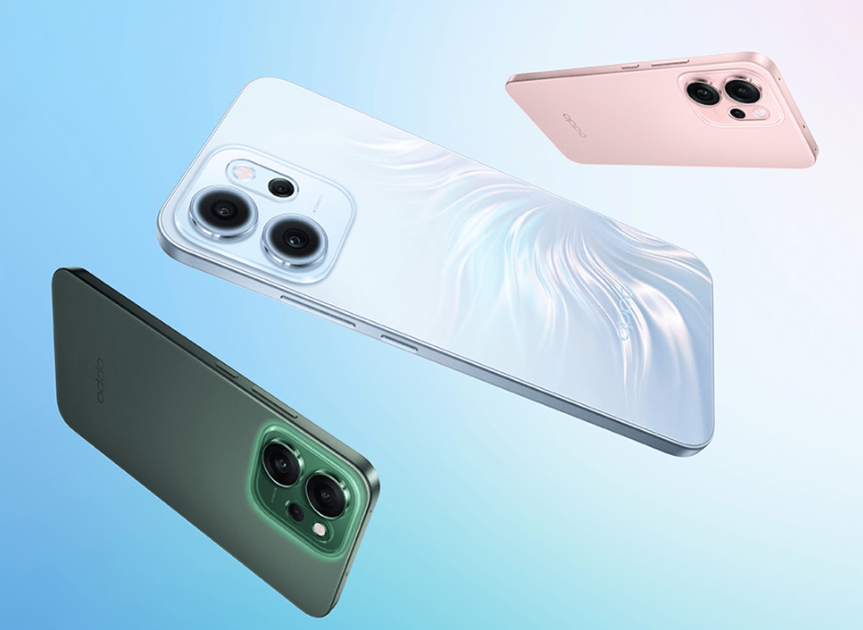
Oppo appears to be continuing its tradition of using MediaTek’s Dimensity 8000-series processors in its Reno lineup. According to new leaks, the upcoming Oppo Reno 15 Pro and Reno 15 Pro+ could be powered by the Dimensity 8500 SoC, marking another generational upgrade for the brand’s mid-premium smartphones. Here’s what we know.
Oppo Reno 15 and Reno 15 Pro to Get Dimensity 8500

Over the last few generations, Oppo has consistently used chips from MediaTek’s Dimensity 8000 lineup in its Pro models. The Reno 13 Pro featured the Dimensity 8350, while the Reno 14 Pro came with the Dimensity 8450.
Now, a tipster Smart Pikachu indicates that the Reno 15 Pro will follow suit with the new Dimensity 8500 chipset.
According to Smart Pikachu, several smartphone manufacturers are currently developing devices with the Dimensity 8500 platform. Some brands are reportedly working on well-balanced “all-rounder” models, while others are focusing on camera-centric phones that include a 200MP main sensor and even periscope zoom lenses in prototype units.
Interestingly, a few companies are also testing battery-focused smartphones featuring massive 10,000mAh batteries that aim for extreme endurance.
So far, leaks suggest that Redmi, Honor, and Realme are among the brands working on Dimensity 8500-powered devices. These include the Redmi Turbo 5, Honor Power 2, and a Realme Neo 8 series model. Among them, the Honor Power 2 is said to feature a 10,000mAh battery.
The tipster’s post also included the #OppoReno15 hashtag, suggesting that Oppo’s Reno 15 lineup will indeed feature a variant powered by the Dimensity 8500, likely the Reno 15 Pro or Reno 15 Pro+.
Oppo Reno 15 Series – What Else We Know?
Rumours surrounding the Oppo Reno 15 series suggest that it will include three models, featuring displays sized 6.3 inches, 6.59 inches, and 6.78 inches.
The 6.3-inch model is expected to feature a 1.5K LTPS OLED display and a periscope telephoto camera. The 6.59-inch variant will reportedly include a 1.5K LTPS OLED panel, a 200MP Samsung HP5 main sensor, and a periscope lens.
Meanwhile, the 6.78-inch model is said to boast a 1.5K LTPO OLED display, paired with a 200MP Samsung HP5 primary camera and another periscope lens.
Launch Timeline
The Oppo Reno 15 series is rumoured to launch in November 2025 in China. If the reports prove accurate, the Reno 15 Pro or Pro+ could be the first smartphone to debut with the Dimensity 8500 chipset, positioning it as one of the most powerful Reno devices to date.
FAQs
Q1. What chipset is expected in the Oppo Reno 15 Pro and Pro+?
Answer. Both models are tipped to feature the MediaTek Dimensity 8500 chipset, continuing Oppo’s use of Dimensity 8000-series processors in its Reno Pro lineup.
Q2. What display and camera features might the Reno 15 series offer?
Answer. The lineup may include 6.3″, 6.59″, and 6.78″ OLED displays, with some models featuring 200MP Samsung HP5 cameras and periscope telephoto lenses for advanced zoom.
Q3. When will the Oppo Reno 15 series launch?
Answer. The Reno 15 series is expected to debut in November 2025 in China, with the Pro or Pro+ variant likely being the first to launch with the Dimensity 8500 chip
Also Read –
https://www.mymobileindia.com/oppo-reno-15-series-leak-hints-at-200mp-camera-and-new-pro-version/





